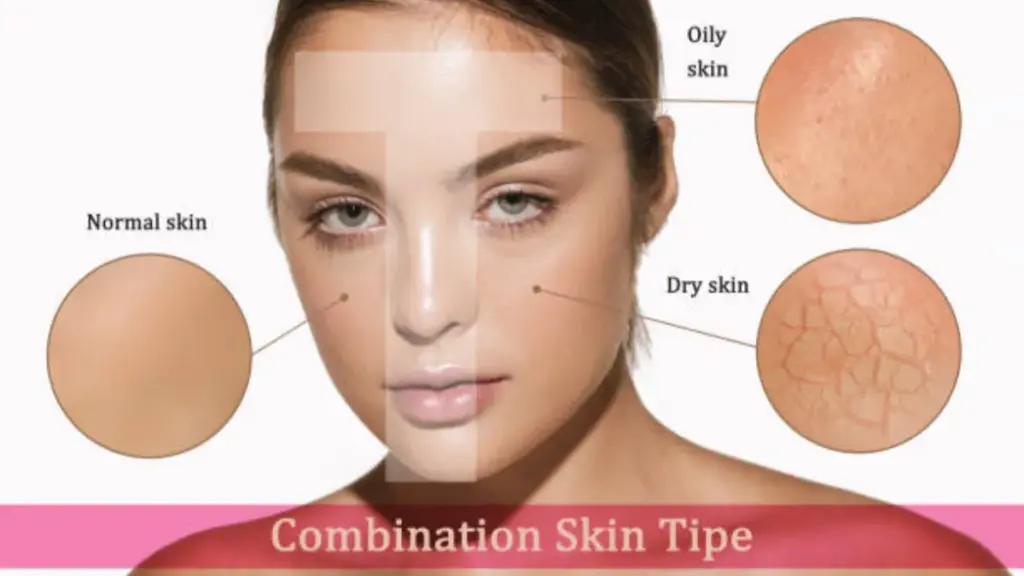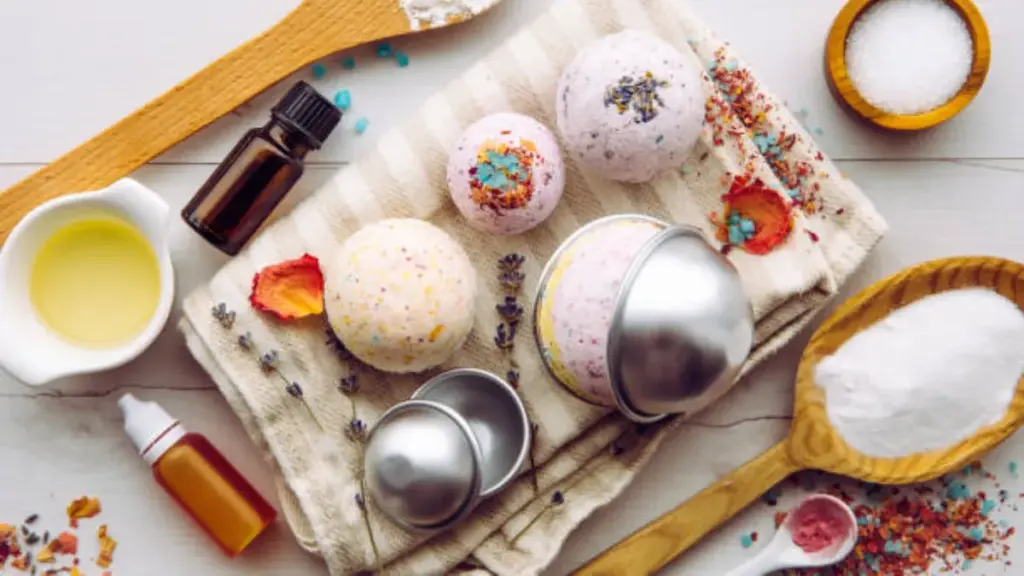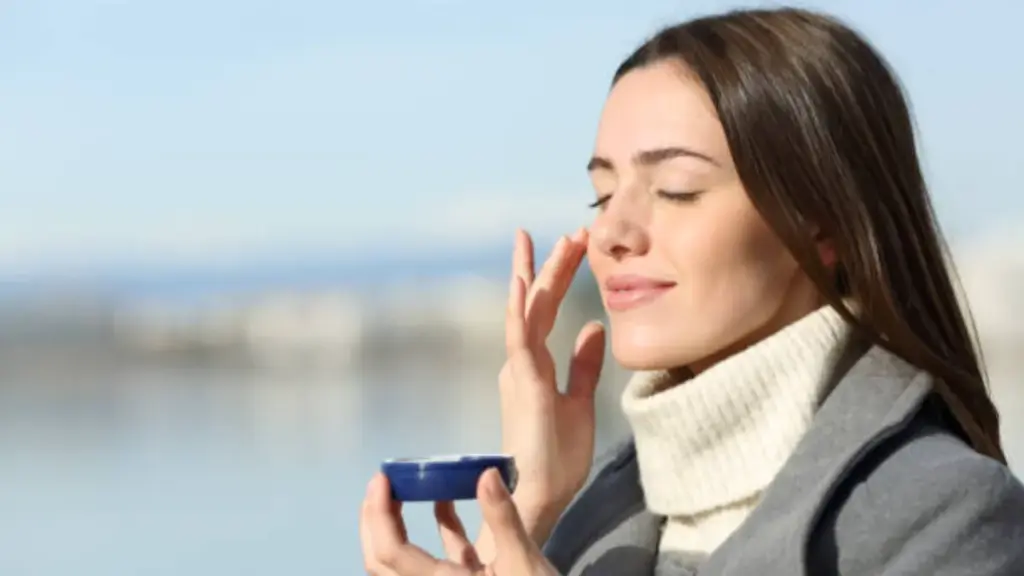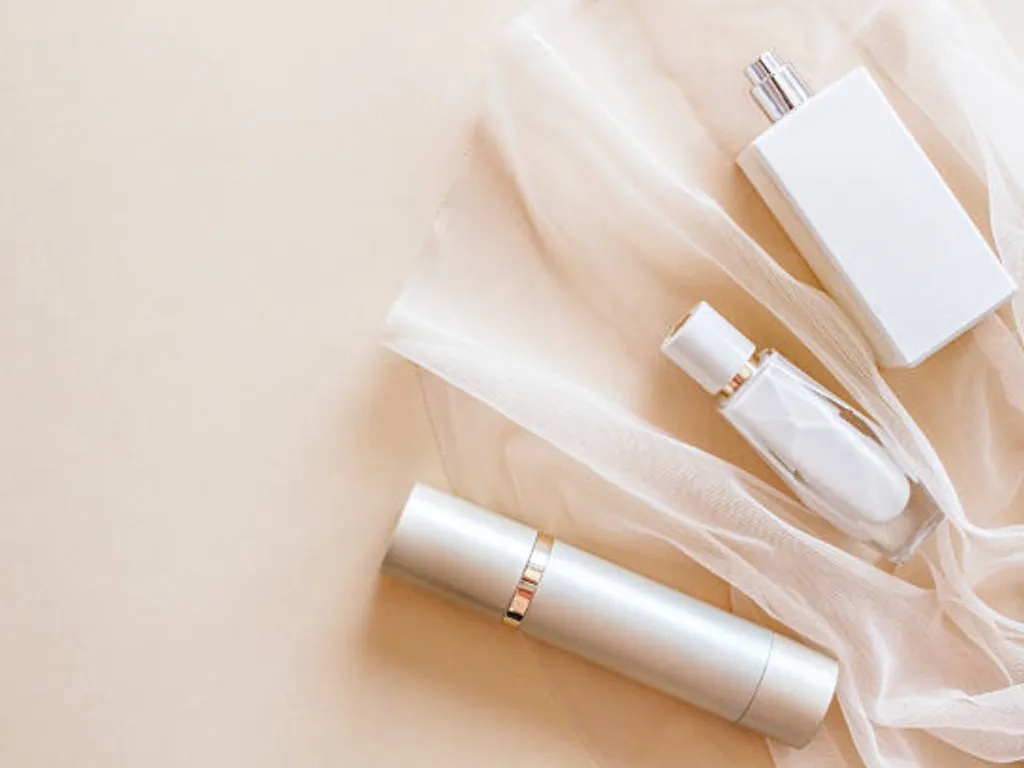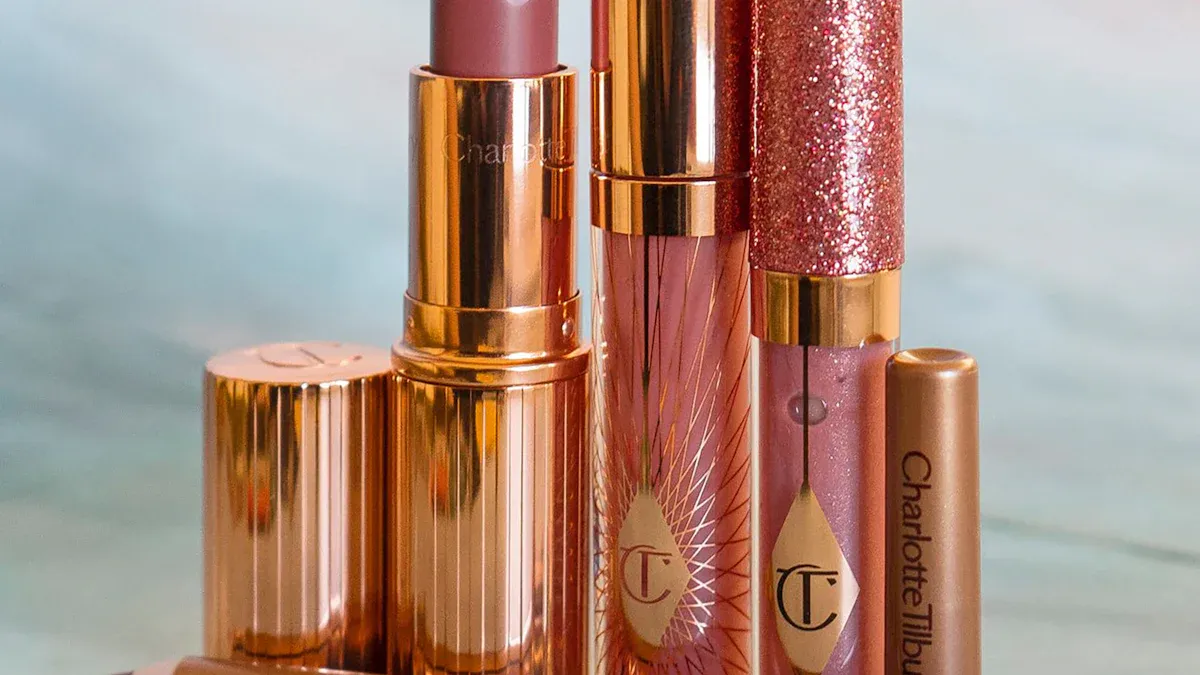
Have you ever picked up a product just because it looked stunning? That’s the psychology of beauty at work. Packaging does more than protect a product—it shapes your perception of its value and quality. रंग, बनावट, and even fonts can spark emotions, influence your choices, and create lasting impressions. When a brand understands consumer behavior, it can design packaging that feels irresistible. You’re not just buying a product; you’re connecting with an experience crafted just for you.
The Psychology of Beauty in Packaging Design
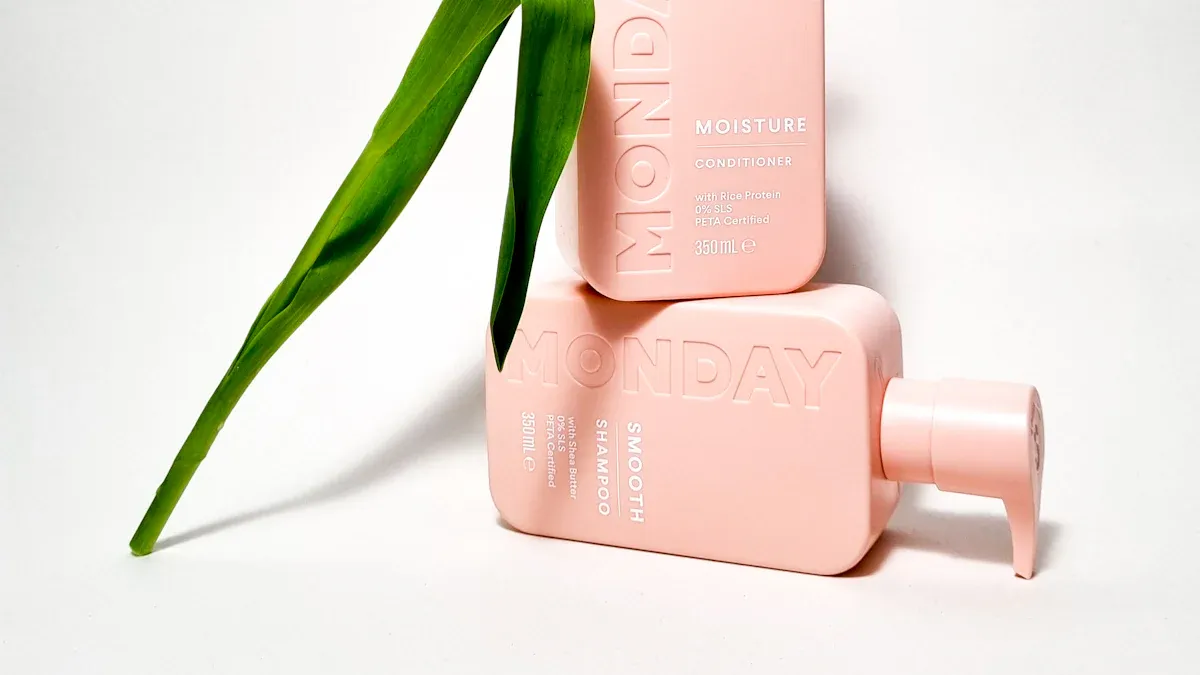
Color Psychology in Cosmetic Packaging Design
Colors speak louder than words when it comes to packaging. They don’t just catch your eye; they shape your perception of the product. उदाहरण के लिए, soft pastels often evoke feelings of calm and elegance, while bold, vibrant hues suggest energy and excitement. In cosmetic packaging design, color choices can make or break a product’s appeal.
अध्ययन से पता चलता है कि atypical package colors can lead to negative brand perceptions and even skepticism. Imagine picking up a lipstick in a neon green box—it might feel off, सही? वहीं दूसरी ओर, colors that align with your expectations, like a sleek black or metallic gold for luxury items, enhance trust and desirability. Research also highlights how color preferences vary across demographics. उदाहरण के लिए, rural women in northern China favor specific shades that resonate with their environment and cultural context.
When brands understand the psychology of beauty, they can use colors strategically to connect with you on an emotional level. Whether it’s the soothing blues of skincare products or the fiery reds of lipsticks, every shade tells a story.
Texture and Tactile Elements in Packaging
Have you ever run your fingers over a package and felt an instant connection? That’s the magic of texture. The feel of packaging plays a huge role in how you perceive its value. Smooth finishes often suggest luxury, while rough textures might signal eco-friendliness. Even the weight of the packaging can influence your perception—heavier boxes often feel more premium.
Brands use tactile elements like embossing and debossing to create memorable experiences. These textures don’t just look good; they feel good, adding a layer of perceived value. Imagine unboxing a product with a velvety surface—it’s not just a purchase; it’s an experience.
Materials also matter. Sustainable packaging materials, like recycled paper or biodegradable plastics, communicate a brand’s values. They tell you that the company cares about the planet, which can strengthen your emotional connection to the product.
Visual Hierarchy and Layout Strategies
Your eyes naturally follow a path when you look at packaging. That’s visual hierarchy at work. It’s the art of guiding your attention to the most important elements first. A well-designed layout ensures you instantly know what the product is and why it’s worth your time.
Cluttered packaging can confuse you and even turn you away. वास्तव में, 39% of consumers admit they’ll ignore a product if its design feels overwhelming. Simplicity and clarity are key. A balanced layout with clear fonts, contrasting colors, and logical flow makes it easy for you to process information.
Predictive Eye Tracking technology helps brands refine their designs. It identifies areas that grab your attention, creating heatmaps to highlight focal points. This ensures the packaging communicates effectively, whether it’s the brand name, उत्पाद लाभ, or a call to action.
Visual hierarchy isn’t just about aesthetics; it’s about functionality. When packaging design aligns with how your brain processes information, it creates a seamless and enjoyable experience.
Typography and Its Psychological Impact
Typography is more than just letters on a package—it’s a silent storyteller. The fonts you see on beauty products can shape how you feel about them before you even open the box. Think about it: a bold, angular font might make you think of strength and power, while a soft, rounded typeface feels warm and approachable. These subtle cues influence your perception of the product and the brand behind it.
The style of typography can also set expectations. उदाहरण के लिए, ornate script fonts often suggest elegance and luxury, but they can also make you think the product might take more effort to use. Imagine seeing a skincare product with a fancy, swirling font. You might assume it’s part of a detailed beauty ritual, compared to a clean, minimalist font that feels quick and easy. This small detail can affect how you view the product’s purpose and even how much time you think it’ll take to use.
बख्शीश: Fonts aren’t just about looks—they carry emotions. Choosing the right one can make a product feel like it’s speaking directly to you.
Typography also reflects a brand’s personality. A playful, bubbly font might work for a fun, youthful brand, but it could feel out of place on a high-end luxury product. The wrong font can send mixed signals, making you question the brand’s identity. On the flip side, the right font can reinforce trust and make the product feel like it belongs in your life.
Here’s a quick breakdown of how different font styles impact perception:
Font Style | Emotion/Perception | Example Use Case |
|---|---|---|
Rounded Typeface | Friendly, approachable | Everyday skincare products |
Angular Typeface | Strong, bold | Men’s grooming or edgy cosmetics |
Script Fonts | Elegant, luxurious | High-end perfumes or serums |
Minimalist Fonts | Clean, modern | Sustainable or unisex products |
Typography isn’t just about aesthetics; it’s a strategic tool. When brands choose fonts that align with their message, they create a seamless connection with you. The next time you pick up a beauty product, take a closer look at the typography. It’s not just a design choice—it’s a window into the brand’s soul.
Packaging Design Trends in the Beauty Industry
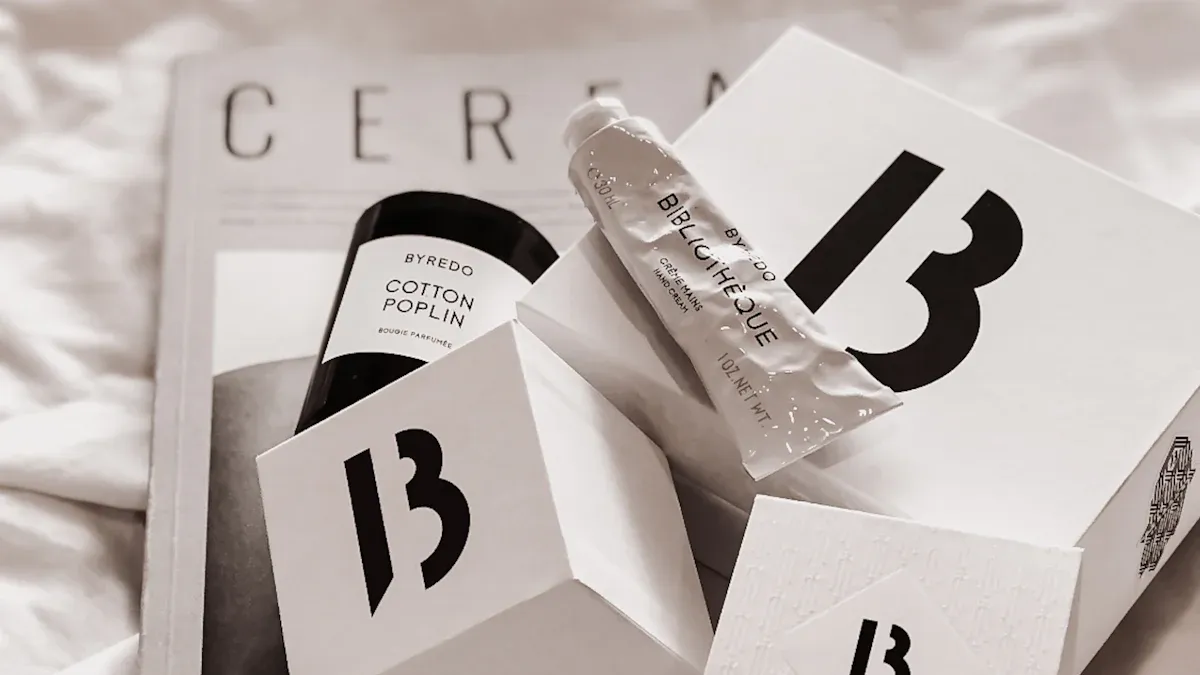
Minimalism in Luxury Beauty Packaging
कभी-कभी, less really is more. Minimalism has become a hallmark of luxury beauty packaging, where clean lines and simple designs speak volumes about sophistication. You’ve probably noticed how high-end brands often avoid flashy graphics or cluttered layouts. बजाय, they focus on sleek, understated aesthetics that let the product shine.
Take brands like The Good Patch, उदाहरण के लिए. Their minimalist approach uses vector icons and clear labeling, making their products feel accessible yet premium. उसी प्रकार, ASARAI’s recyclable packaging combines simplicity with sustainability, helping them stand out in a crowded market. Even Recanto’s embossed magnetic boxes show how minimalism can elevate the unboxing experience, creating a sense of refinement.
Minimalist designs also enhance your perception of quality. A clean, polished look suggests that the product inside is just as carefully crafted. It’s no wonder this trend continues to dominate luxury beauty products.
Sustainability and Eco-Friendly Packaging Design
Eco-friendly packaging isn’t just a trend—it’s a movement. एक उपभोक्ता के रूप में, you’re likely drawn to brands that prioritize sustainability. From refillable systems to biodegradable materials, companies are finding innovative ways to reduce their environmental impact.
Did you know the sustainable packaging market is projected to reach $423.56 अरब द्वारा 2029? That’s because more people, like you, are willing to pay a premium for eco-conscious products. Brands like Charlotte Tilbury are even offering recycling incentives, making it easier for you to make greener choices.
Sustainable packaging doesn’t just benefit the planet; it also strengthens your connection to the brand. When you see a company using recyclable or compostable materials, it tells you they care about more than just profits. It’s a win-win for everyone.
Inclusivity in Cosmetic Packaging Design
Packaging is no longer one-size-fits-all. Today’s beauty brands are embracing inclusivity, designing products that resonate with diverse audiences. Whether it’s gender-neutral cosmetics or packaging that accommodates different skin tones, inclusivity is reshaping the industry.
छोटी पीढ़ी, especially Gen Z and millennials, expect brands to reflect their values. Inclusive packaging design does just that. It shows that the brand understands and respects your individuality. उदाहरण के लिए, some companies now use adjustable applicators or braille labels to ensure their products are accessible to everyone.
Inclusivity isn’t just about functionality; it’s about making you feel seen and valued. When a brand takes the time to create packaging that speaks to your unique needs, it builds trust and loyalty.
Personalization and Customization Trends
Imagine opening a beauty product that feels like it was made just for you. That’s the magic of personalization and customization in packaging. आज, brands are going beyond generic designs to create packaging that speaks directly to your preferences and lifestyle.
Customizable packaging is one of the hottest trends in the beauty industry. लगभग 70% of consumers say they’re more likely to buy a product with personalized features. Think about it—whether it’s your name printed on a lipstick tube or a skincare box tailored to your favorite colors, these small touches make the experience feel special.
Refillable systems are also gaining traction, especially among younger consumers. के बारे में 60% of them show interest in sustainable refill options. These systems let you reuse the packaging while replenishing the product inside. Not only does this reduce waste, but it also gives you a sense of contributing to a greener planet.
Here’s a quick look at how personalization and customization trends are shaping the beauty industry:
रुझान | Evidence |
|---|---|
Customizable Packaging | लगभग 70% of consumers are more likely to purchase a product with personalized features. |
Refillable Systems | 60% of younger consumers show interest in sustainable refill systems. |
Luxury beauty packaging is also embracing personalization. High-end brands are offering bespoke designs that let you choose everything from the color scheme to the material. This level of customization doesn’t just make the product feel premium—it makes you feel valued.
Personalization isn’t just about aesthetics; it’s about creating a connection. When packaging reflects your individuality, it transforms a simple purchase into a meaningful experience. The next time you see a product with your name or a refillable option, you’ll know it’s more than packaging—it’s a reflection of you.
Consumer Behavior and Emotional Impact of Packaging
First Impressions and Packaging Appeal
First impressions matter, especially when it comes to packaging. The moment you see a product, its packaging starts telling a story. It shapes your perception of the brand and the product’s quality. A well-designed package can make you feel excited, curious, or even confident about your choice. On the flip side, poorly designed packaging might leave you unimpressed or doubtful.
Research shows that the visual appeal of packaging directly impacts your purchase intentions. When you encounter a product with sleek, eye-catching packaging, you’re more likely to pick it up. This is because your brain associates attractive designs with higher perceived value. उदाहरण के लिए, luxury beauty packaging often uses clean lines, metallic accents, and premium materials to create an aura of sophistication. These elements make you believe the product inside is just as luxurious.
The unboxing experience also plays a big role in first impressions. Imagine opening a cosmetics box with embossed textures, elegant typography, and a thoughtful layout. It feels like a gift, not just a purchase. This attention to detail enhances your overall experience and leaves a lasting impact.
Emotional Connections and Brand Loyalty
Packaging isn’t just about looks—it’s about how it makes you feel. When a product’s packaging resonates with you emotionally, it creates a deeper connection. This emotional connection can turn you from a one-time buyer into a loyal customer.
Studies reveal that emotional connections with brands lead to a 306% higher customer lifetime value compared to customers who are merely satisfied. सौंदर्य उद्योग में, where self-expression and self-esteem are central, packaging plays a key role in fostering these connections. Brands that focus on themes like self-love, diversity, and empowerment often use packaging to communicate these values. उदाहरण के लिए, inclusive designs or uplifting messages on packaging can make you feel understood and valued.
Emotional marketing through packaging also strengthens brand identity. When you see a product that aligns with your values, it feels like the brand “gets” you. This sense of alignment builds trust and loyalty. अधिक समय तक, you start associating the brand with positive emotions, making it your go-to choice.
Impulse Purchases Driven by Packaging Design
Have you ever bought something on a whim because the packaging caught your eye? आप अकेले नहीं हैं. Packaging design has a powerful impact on impulse purchases. It grabs your attention, sparks curiosity, and makes you want to own the product immediately.
Certain packaging features are especially effective at triggering impulse buys. Custom folding cartons, RFID integration, and pressure-sensitive labels are just a few examples. These elements not only enhance the product’s perceived value but also create a sense of urgency. Here’s a quick look at how these features influence engagement and purchase likelihood:
Packaging Feature | Engagement (%) | Purchase Likelihood (%) |
|---|---|---|
Custom Folding Cartons | 85 | 75 |
RFID Integration | 78 | 68 |
Pressure Sensitive Labels | 80 | 72 |
Instant Redeemable Coupons | 88 | 82 |
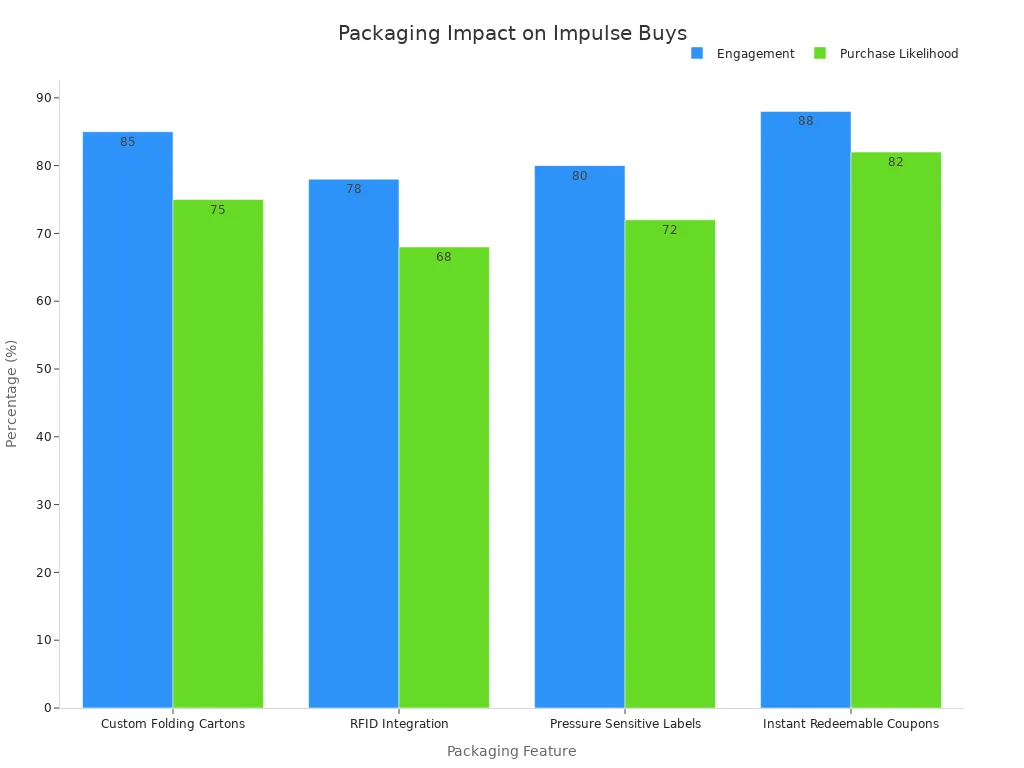
Impulse purchases are also driven by the emotional impact of packaging. Bright colors, अनोखी आकृतियाँ, and interactive elements can make a product stand out on the shelf. When you see something that feels fun or exciting, you’re more likely to add it to your cart—even if you didn’t plan to buy it.
The psychology of beauty plays a big role here. Packaging that appeals to your emotions and aligns with your self-image can make you feel like the product is a perfect fit. This instant connection often leads to unplanned purchases, proving just how influential packaging design can be.
Packaging as a Reflection of Consumer Identity
Have you ever felt like a product was made just for you? That’s the power of packaging as a mirror of your identity. When you pick up a beauty product, its packaging doesn’t just tell you what’s inside—it tells you a story about who you are or who you want to be.
Packaging design plays a huge role in shaping how you see yourself as a consumer. It’s not just about colors or fonts; it’s about how the design aligns with your values, जीवन शैली, and aspirations. उदाहरण के लिए, luxury beauty packaging often feels exclusive and sophisticated. It whispers, “You deserve the best,” and that message resonates with your desire for quality and elegance.
क्या आप जानते हैं? Packaging can even influence how much you’re willing to pay for a product. When a brand uses premium materials and sleek designs, it creates a sense of value that justifies a higher price tag.
How Packaging Reflects Your Identity
Brands use packaging to connect with you on a deeper level. Here’s how:
Communicating Brand Values: Packaging often reflects what a brand stands for. A company focused on sustainability might use recycled materials and earthy tones, showing you they care about the planet—just like you do.
Creating Emotional Connections: Good packaging doesn’t just look nice; it makes you feel something. Whether it’s a sense of empowerment, self-love, or fun, the right design can make you feel like the product was made with you in mind.
Reinforcing Exclusivity: Luxury packaging often uses elements like metallic finishes or embossed textures to create a sense of exclusivity. This makes you feel like you’re part of an elite group, enhancing your connection to the brand.
Why Packaging Matters in Beauty
सौंदर्य उद्योग में, packaging is more than just a container—it’s a statement. It tells you what the brand is all about and how it fits into your life.
Luxury beauty packaging helps establish a brand’s identity. It influences how you perceive the product’s quality and price.
Effective packaging enhances brand recognition. When you see a design that resonates with you, it sticks in your mind and builds trust.
Packaging serves as a brand’s voice. It communicates values like quality, exclusivity, or sustainability, which often align with your own identity.
When you choose a product, you’re not just buying what’s inside. You’re buying into a lifestyle, a set of values, and a reflection of who you are. That’s why packaging design is so important—it’s not just about selling a product; it’s about connecting with you on a personal level.
बख्शीश: The next time you pick up a beauty product, take a closer look at the packaging. Ask yourself, “What does this say about me?” You might be surprised by how much it reflects your identity.
Future Trends in Beauty Packaging Design
Technology’s Role in Cosmetic Packaging Design
Technology is reshaping how you experience beauty products. From smart packaging to augmented reality (एआर), brands are using innovation to connect with you in exciting ways. Imagine scanning a product with your phone to get personalized skincare tips or using AR to try on makeup virtually. These advancements make your shopping experience more interactive and fun.
Sustainability is also driving technological progress in cosmetic packaging design. Biodegradable materials made from organic waste, like bioplastics, are becoming more common. These materials not only reduce environmental impact but also align with your desire for eco-friendly options. By choosing products with such packaging, you’re supporting brands that care about the planet.
The future of packaging lies in blending technology with your needs. Whether it’s smart labels that track product freshness or apps that offer tutorials, technology is making beauty more accessible and engaging for you.
Innovations in Sustainable Packaging Materials
Sustainability is no longer optional—it’s essential. You’re likely drawn to brands that prioritize eco-friendly practices, and the beauty industry is responding. Many companies are adopting recyclable and biodegradable materials to reduce waste. उदाहरण के लिए, mushroom-based packaging offers a biodegradable alternative that’s both innovative and effective.
Waterless beauty products are another game-changer. By removing water from formulations, brands can minimize plastic usage and create more compact packaging. This not only reduces waste but also makes products easier for you to carry and store.
Here are some trends shaping sustainable packaging:
Increased use of post-consumer recycled (PCR) plastic.
Exploration of biomimicry in packaging design.
43% of shoppers are willing to pay more for recyclable materials.
When you choose products with sustainable packaging, you’re not just buying beauty—you’re making a statement about your values.
The Evolution of Customization in Packaging
Customization is transforming how you interact with beauty products. You want packaging that feels personal, and brands are listening. From personalized names on lipstick tubes to refillable systems, customization makes you feel valued.
Data analytics is playing a big role here. Brands are using your purchase history to create packaging that resonates with your preferences. This approach strengthens your connection to the brand and enhances your overall experience.
Take Coca-Cola’s “Share a Coke” campaign as an example. By letting you personalize bottles with your name, they created an emotional bond that boosted sales. Beauty brands are following suit, offering tailored packaging that reflects your individuality.
Refillable systems are also gaining popularity. These options let you reuse packaging while replenishing the product, reducing waste and saving money. यह आपके और पर्यावरण के लिए एक जीत है.
Customization isn’t just a trend—it’s the future. When packaging speaks directly to you, it turns a simple product into a meaningful experience.
Adapting to Changing Consumer Psychology
Consumer psychology is always evolving, and brands need to keep up. What you value today might not be the same tomorrow, and packaging plays a big role in meeting those shifting expectations. Whether it’s sustainability, नवाचार, or personalization, brands are constantly adapting their designs to stay relevant to you.
One major shift is the growing demand for eco-friendly options. You probably notice more brands using recyclable or biodegradable materials. This isn’t just about being trendy—it’s about aligning with your values. When you see sustainable packaging, it tells you the brand cares about the planet, just like you do.
Another way brands adapt is by keeping an eye on competitors. If a rival launches a bold new design, it pushes others to step up their game. This competition benefits you because it leads to more creative and eye-catching packaging. Eye-tracking studies even show that your attention naturally goes to the front of a package first. That’s why brands focus on making this area stand out with bold colors, clear labels, or unique textures.
Packaging also evolves to highlight new product features. Imagine a skincare product with a new ingredient. The packaging might include a bright callout or a special design to grab your attention. It’s all about making sure you know what’s new and exciting.
अंत में, brands tweak their packaging to appeal to different audiences. If you’re part of Gen Z, you might notice playful, colorful designs. For luxury shoppers, sleek and minimalist styles dominate. These changes ensure the packaging speaks directly to you, no matter who you are.
टिप्पणी: Packaging isn’t just a container—it’s a conversation. It reflects your values, grabs your attention, and keeps you coming back for more.
Packaging is more than just a container—it’s a bridge between you and the brand. By tapping into psychology, brands create designs that resonate with your emotions, values, and identity. Whether it’s the elegance of luxury beauty packaging or the eco-conscious appeal of sustainable cosmetics, every detail shapes your perception of quality and trust. Emotional connections, स्थिरता, और memorable experiences foster loyalty, turning one-time buyers into lifelong advocates. As cosmetic packaging design evolves, it continues to reflect who you are while enhancing your beauty journey.
सिद्धांत | विवरण |
|---|---|
Emotional Drivers | Core principles that guide consumer behavior, fostering loyalty and advocacy. |
Trust through Consistency | Building trust through consistent messaging is crucial for brand loyalty. |
Memorable Experiences | Offering memorable experiences enhances customer engagement and loyalty. |
बख्शीश: The next time you pick up a product, notice how its packaging speaks to you. It’s not just design—it’s a story crafted for you.
उपवास
What role does psychology play in beauty packaging?
Psychology helps brands design packaging that connects with your emotions and values. It influences how you perceive a product’s quality, trustworthiness, और अपील. From colors to textures, every detail is crafted to make you feel something and guide your buying decisions.
Why do colors matter so much in packaging?
Colors trigger emotions and set expectations. उदाहरण के लिए, soft pastels feel calming, while bold colors feel exciting. Brands use color psychology to match their product’s purpose and appeal to your preferences, making the packaging more memorable and engaging.
How does sustainable packaging impact consumer behavior?
Sustainable packaging shows you that a brand cares about the planet. This alignment with your values builds trust and loyalty. Many consumers, like you, prefer eco-friendly options and are even willing to pay more for them.
Can packaging really influence impulse purchases?
बिल्कुल! Eye-catching designs, bright colors, and unique shapes grab your attention and spark curiosity. When packaging feels exciting or aligns with your identity, you’re more likely to make an unplanned purchase.
What makes personalized packaging so popular?
Personalized packaging makes you feel special. Whether it’s your name on a product or a design tailored to your preferences, it creates a deeper connection. It’s not just a product anymore—it’s an experience crafted just for you.

